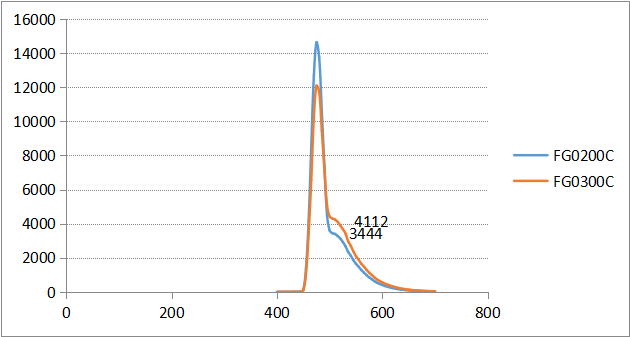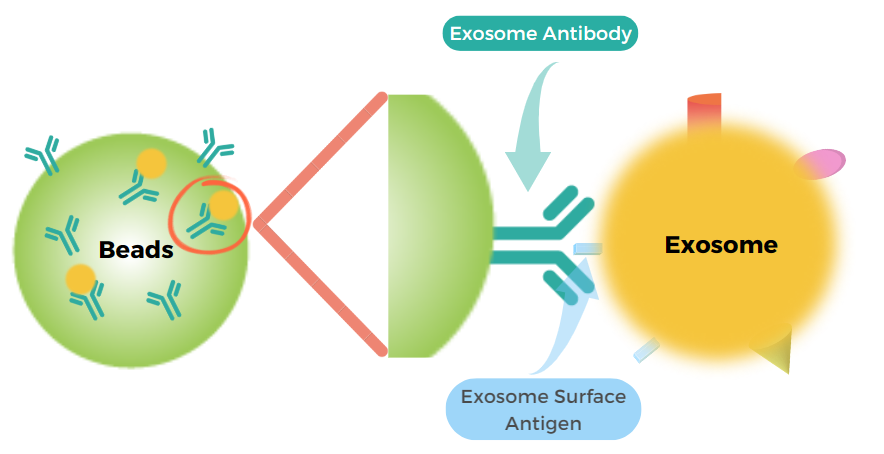Biological magnetic beads, which can bind to drugs, proteins, enzymes, antibodies, or nucleic acids, were initially widely used in in-vivo experiments such as drug delivery, magnetic resonance imaging (MRI) contrast agents, and hyperthermia. However, due to issues like biocompatibility and cytotoxicity of the magnetic bead materials, their in vivo application is limited. Instead, their use has expanded significantly in in vitro experiments, particularly in clinical diagnostics and academic research fields for the purification of biomolecules. These include cell and exosome separation, nucleic acid extraction, target identification and metabolic studies of biopharmaceuticals, protein purification, and immunochromatography.
Protein Purification and Immunochromatography
Protein purification and immunochromatography are the primary applications of biological magnetic beads, driven by the magnetic solid-phase enzyme immunoassay technology developed by scientists Guesdon and Avrameas in 1977. This technology is mainly used to develop clinical in vitro diagnostic (IVD) detection techniques. By using magnetic beads conjugated with specific antibodies, target proteins/antigens can be identified, purified, and quantified. The main techniques include Chemiluminescent Immunoassay (CLIA), Microfluidic Magnetic Immunoassay (MIA), Fluorescent Immunoassay (FIA), and Single Molecule Immunoassay.
1. Chemiluminescent Immunoassay (CLIA)
CLIA is favored for its high sensitivity, good specificity, and high degree of automation, detecting the luminescent properties of materials to quantify proteins/antigens. This technology has rapidly become the leading immunodiagnostic technique, capturing over 70% of the market share.
CLIA has different performance requirements for magnetic beads compared to academic applications, including fast magnetic response, high magnetic content, good dispersion, slow sedimentation, high chemical stability, low non-specific adsorption, high signal-to-noise ratio, high group content, strong binding capacity, and high sensitivity.
Major suppliers include Merck (Germany), JSR (Japan), Dynabeads (USA), and MagSERION (Germany). The CLIA market mainly relies on imported magnetic beads, commonly using 1-3μm carboxyl magnetic beads, with smaller amounts of amino and streptavidin magnetic beads.
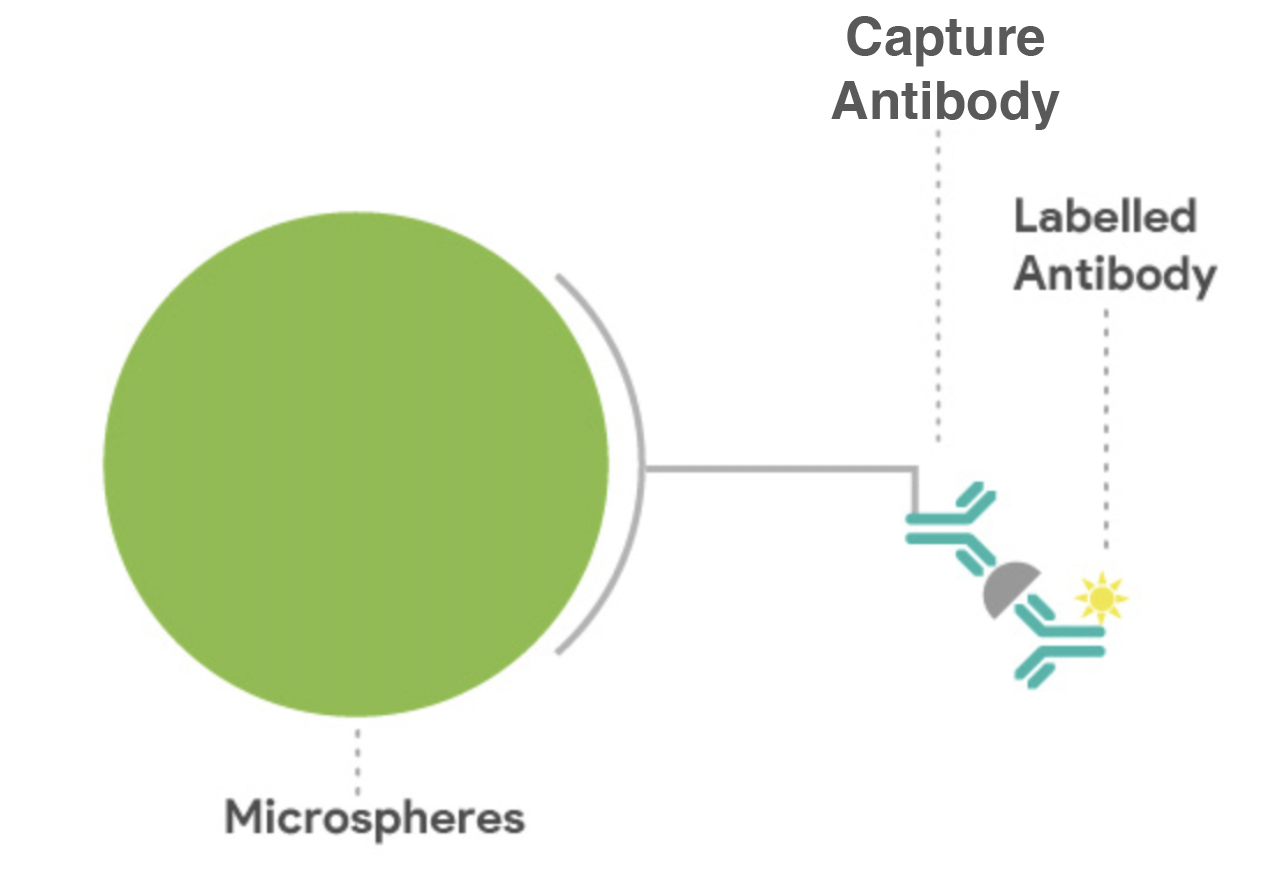

Magnetic Beads from BIOEAST BIOTECH
2. Microfluidic Magnetic Immunoassay (MIA)
Unlike CLIA, MIA combines microfluidic chip technology and uses magnetic sensor technology. Magnetic beads capture the target protein antibodies and are fixed on a chip, directly detecting the number of magnetic beads. MIA offers higher precision and faster detection speeds, eliminating biological sample interference, with ultra-high sensitivity and the ability to detect multiple disease molecules simultaneously. MIA primarily uses 200nm streptavidin magnetic beads, requiring high uniformity and stability. This technology is relatively new, with some companies developing it, but high microfluidic chip costs may affect widespread clinical adoption.
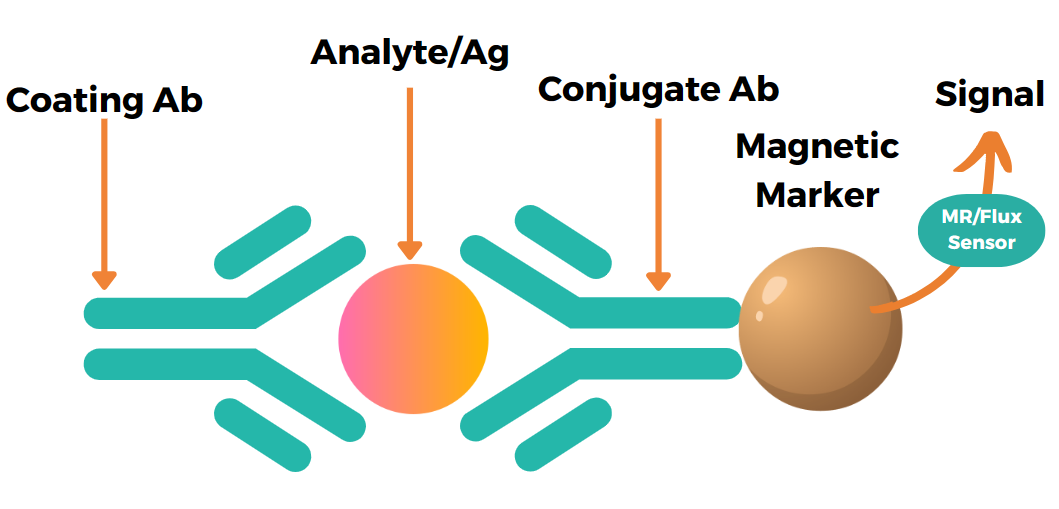
from BIOEAST BIOTECH
3. Fluorescent Immunoassay (FIA)
Point-of-care testing (POCT) is the fastest-growing IVD market segment, commonly using FIA to detect antigens/antibodies. The carriers used are often non-magnetic nanobiological spheres or colloidal gold. FIA offers rapid detection and simple operation, providing results in hours or even minutes, and has lower technical costs than CLIA. However, FIA is influenced by the luminescent properties of fluorescent materials, such as FITC, with limited sensitivity. Time-resolved fluorescence immunoassay (TRFIA), using lanthanide europium chelates (Eu) as fluorescent materials, greatly improves sensitivity.
Major suppliers include Bangs Laboratories (USA), Invitrogen (USA), and TAMAGAWA (Japan), typically offering 200nm beads.
Combining TRFIA's sensitivity with CLIA's automated rapid separation could make CLIA applicable to the POCT market. Suppliers of such fluorescent magnetic beads include Spherotech (USA) and TAMAGAWA (Japan). The main challenge for this new technology is the mutual interference between magnetic and fluorescent materials, affecting magnetic properties or fluorescence intensity. Resolving these compatibility issues is crucial for clinical IVD market adoption.


Fig 1. The Emission spectrum of BIOEAST EU0100C and EU0200C
Fig 2. The Emission spectrum of BIOEAST FG0100C and FG0200C
4. Single Molecule Immunoassay (SiMoA)
SiMoA enables quantification by counting individual antigen molecules, surpassing the sensitivity limits of traditional immunoassays like CLIA and FIA, reaching femtomolar (fM) levels. It is used in systems like Quanterix's SiMoA and Merck's SMCxPro, combining microfluidic chip technology and requiring 2.5-3μm uniformly sized magnetic beads. This advanced technology has stringent performance requirements, with major suppliers including Dynabeads (USA) and MagSERION (Germany). Some domestic IVD companies are developing SiMoA, but high microfluidic chip costs may limit its market potential.
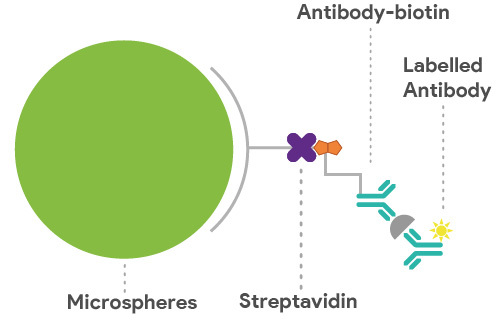
Other In Vitro Applications
Magnetic solid-phase enzyme immunoassay technology enables the use of magnetic beads with specific antibodies for various biomolecule separations. Applications include exosome purification and bacteria or virus separation. Current products for exosome purification from companies like Dynabeads (USA) and FG beads (Japan) follow this principle, though specific protocols may vary based on exosome characteristics.
Fluorescent magnetic beads can also be used for immunostaining, offering faster results than traditional methods.
In summary, magnetic beads have wide applications in protein purification and immunochromatography for in vitro experiments. Numerous manufacturers, primarily international, supply magnetic beads for clinical IVD markets. The commonly used beads are 1-3μm carboxyl magnetic beads for CLIA reagents. Selection of suitable magnetic beads should be based on the specific requirements of the detection technology used.
HANGZHOU BIOEAST BIOTECH CO., LTD. is a professional provider of core raw materials and comprehensive solutions for global biopharmaceutical customers, offering 1.0-3.0μm CLIA magnetic beads and fluorescent immunomagnetic beads, with customization options available.






